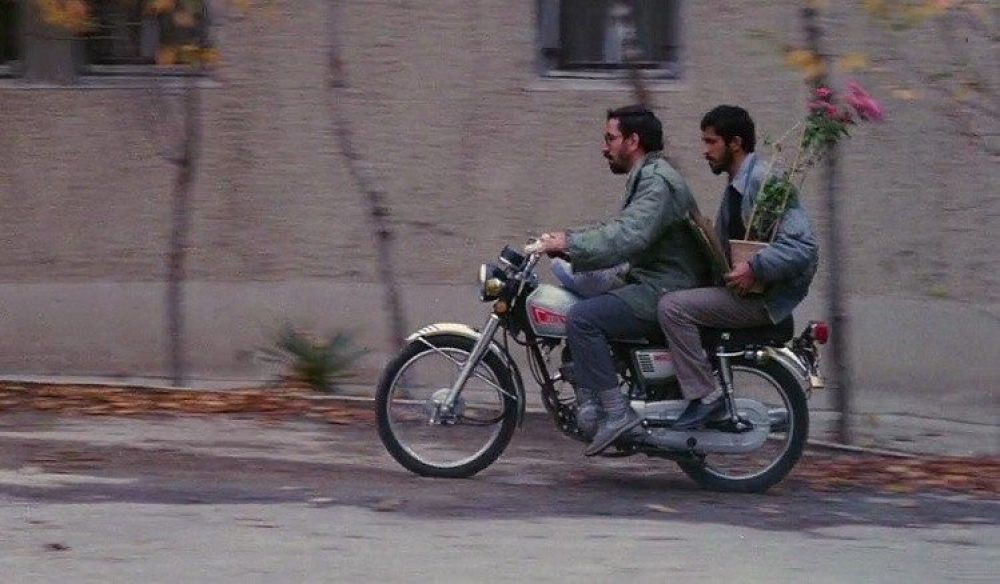The ultimate source of the modern is the individual. That said, the wellspring is not some guy who escapes the cave and discovers the true form of everything, but rather, it is the individual who notices that he’s in a cave and seeks to understand it. This, in my mind, is the function of Machiavelli in the history of modernity. He accepted the limitations of his world and his reasoning but sought to discover and to reason nonetheless. He did not seek to refute his religious parameters but reasoned within them. In this way, modernity can be achieved regardless of whether the individual is in a cave of religion, history, or culture.
The great irony of the parable of the cave and the philosopher king is that it places incredible faith in the individual but zero trust in the many, forgetting that the many is fundamentally a collection of individuals. The reality of The Republic and its great failing is of course due to the fact that Plato was an elitist snob who had a strong distaste for the lower classes. Misled by this elitism, many revolutionaries have assumed that the masses cannot help create modernity, that they must be forced through the desert with whips in the manner Rubashov espoused; that the true form of modernity (or true justice in Plato’s mind), must be handed down to the utterly clueless masses from the unattainable heights of the philosopher kings.
Clearly modernity begins with the individual, but by what mechanism is it disseminated to the masses? This seems to be the question that many modern revolutions have struggled to answer. The top down approach of Plato and Rubashov does not seem to work. Perhaps the answer is merely one of time.

